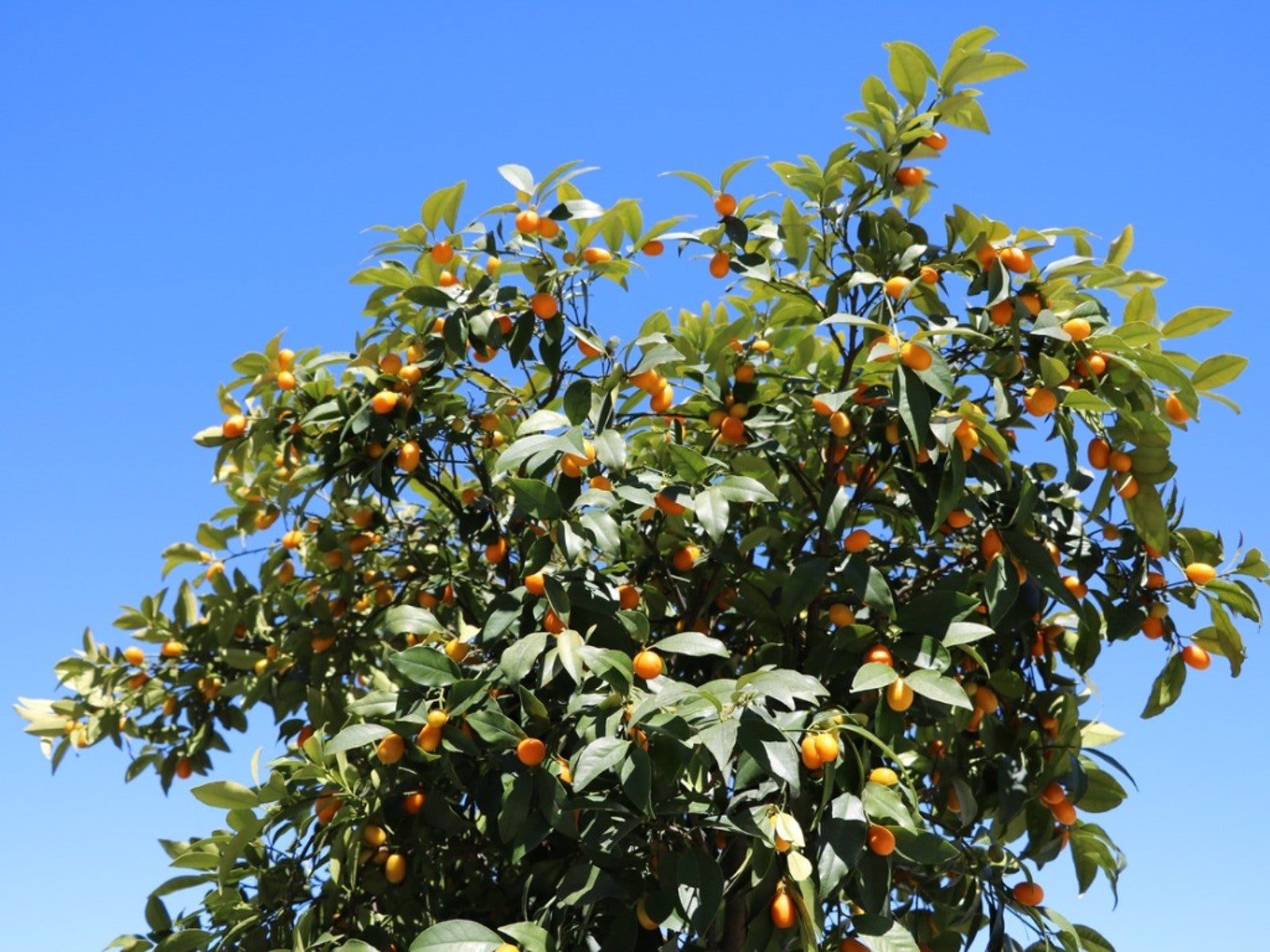Trovita Dwarf Orange – How To Grow Trovita Orange Trees


The allure of growing citrus fruits at home is undeniable for many gardeners. Even those living outside of the outdoor growing range for these delicious fruits may be tempted to try their hand at cultivating their own oranges.
While long, hot days are often a requirement for such a crop; there are some varieties that are better suited for growth in more “non-traditional” growing regions and environments. Trovita dwarf orange is just one example of an orange tree which can be grown across a wide range of conditions, including indoors.
Trovita Growing Info
The Trovita orange tree is a vigorous cultivar of orange which thrives in high heat desert environments. Grown outdoors in USDA growing zones 9-10, standard Trovita orange trees may reach heights of 30 feet (9 m.), and produce highly fragrant white blooms each spring. Trovita dwarf orange trees, however, are an excellent option for those wishing to attempt to grow the fruit indoors in containers. This unique versatility is due to the plant’s ability to set fruit under comparatively cool conditions.
How to Grow Trovita Dwarf Orange
Learning how to grow Trovita dwarf orange will depend greatly on your garden. If you want to plant the tree outdoors you will need to select a well-draining location which receives full sun. Gardeners who plan to plant in containers indoors first need to choose an adequately sized pot. The container should then be filled with a light weight and freely draining soil mixture.
Trovita dwarf orange trees still grow quite large, up to about 10 ft. (3 m.). Therefore, it is likely that the tree will need to be transplanted into bigger containers annually. Since you may want to move the plant outdoors during the summer, gardeners need to carefully consider the size of the potted trees and the manner in which they plan to move them.
Trovita orange tree care is relatively minimal regardless of where they will be grown. Even though these orange trees are generally low maintenance, Trovita dwarf orange trees will need a consistent schedule of irrigation and fertilization in order to have the best chance at setting a large crop of fruit.
Sign up for the Gardening Know How newsletter today and receive a free copy of our e-book "How to Grow Delicious Tomatoes".

Tonya Barnett has been gardening for 13 years. Flowers are her passion. She has transformed her backyard into a cut flower garden, which she regularly chronicles on her YouTube channel http://www.youtube.com/@tonyawiththeflowers.